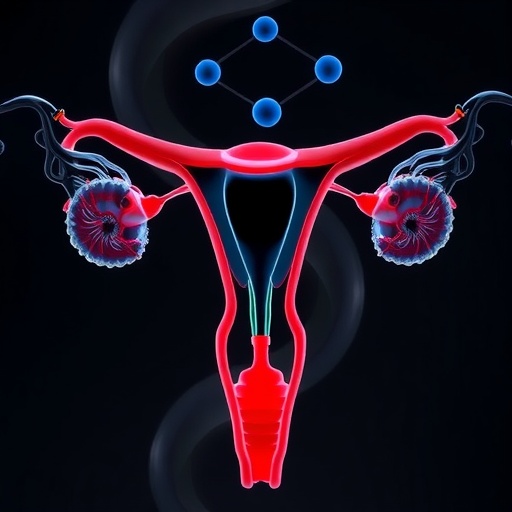Credit: Naisbett-Jones
Each year, young European eels make their way from breeding grounds in the Sargasso Sea to coastal and freshwater habitats from North Africa to Scandinavia, where they live for several years before returning to the Sargasso Sea to spawn and then die, beginning the cycle again. Now, researchers reporting in Current Biology on April 13 have new insight into how the young eels make such a remarkable journey.
They do it thanks to a built-in ability to detect slight differences in the earth's magnetic field. This "map sense" helps them swim in the direction of the Gulf Stream, the ocean current that transports them to Europe.
"We were not surprised to find that eels have a magnetic map, but we were surprised to discover how well they can detect subtle differences in magnetic fields," says Lewis Naisbett-Jones at the University of North Carolina, Chapel Hill. "We were even more surprised when our ocean simulation models revealed that the little eels use their map not so much to locate Europe, but to target a big conveyor belt–the Gulf Stream–that will take them there. Presumably, a little bit of work (i.e., swimming) helps increase their chances of catching a mostly free ride to their destination."
To show that juvenile eels detect magnetic fields and modify their behaviour accordingly, Naisbett-Jones along with Nathan Putman of the University of Miami and their colleagues used a "magnetic displacement" experiment. They built an experimental apparatus that allowed them to create magnetic fields that exist at different locations along the eel's oceanic migratory route. They then placed young eels inside the apparatus and recorded which direction they moved in each magnetic field.
Eels exposed to magnetic fields that exist at two locations along the migratory pathway oriented in different directions, the researchers report. To investigate how this movement might affect their migration, the researchers relied on computer simulations of ocean currents. Those simulations showed that if young eels swim even weakly in the directions the researchers observed under their experimental conditions, many more of them would successfully enter the Gulf Stream, and therefore reach Europe.
The findings add eels to a growing list of animals, including salmon and sea turtles, with the ability to navigate based on a magnetic "sixth sense." The findings might be used to better predict shifts in the eels' migratory routes and thus variability in recruitment and catch of European eels, which represent one of Europe's most important fisheries.
Putman and Naisbett-Jones say the next challenge is to test whether adults use a magnetic map, as well, to help them relocate the Sargasso Sea.
###
Funding was provided by a Welsh Crucible grant, a Knowledge Economy Skills Scholarship through the European Social Fund, and the EPSRC.
Current Biology, Naisbett-Jones and Putnam et. al.: "A Magnetic Map Leads Juvenile European Eels to the Gulf Stream." http://www.cell.com/current-biology/fulltext/S0960-9822(17)30284-1
Current Biology (@CurrentBiology), published by Cell Press, is a bimonthly journal that features papers across all areas of biology. Current Biology strives to foster communication across fields of biology, both by publishing important findings of general interest and through highly accessible front matter for non-specialists. Visit: http://www.cell.com/current-biology. To receive Cell Press media alerts, contact [email protected].
Media Contact
Joseph Caputo
[email protected]
617-397-2802
@CellPressNews
http://www.cellpress.com
############
Story Source: Materials provided by Scienmag




